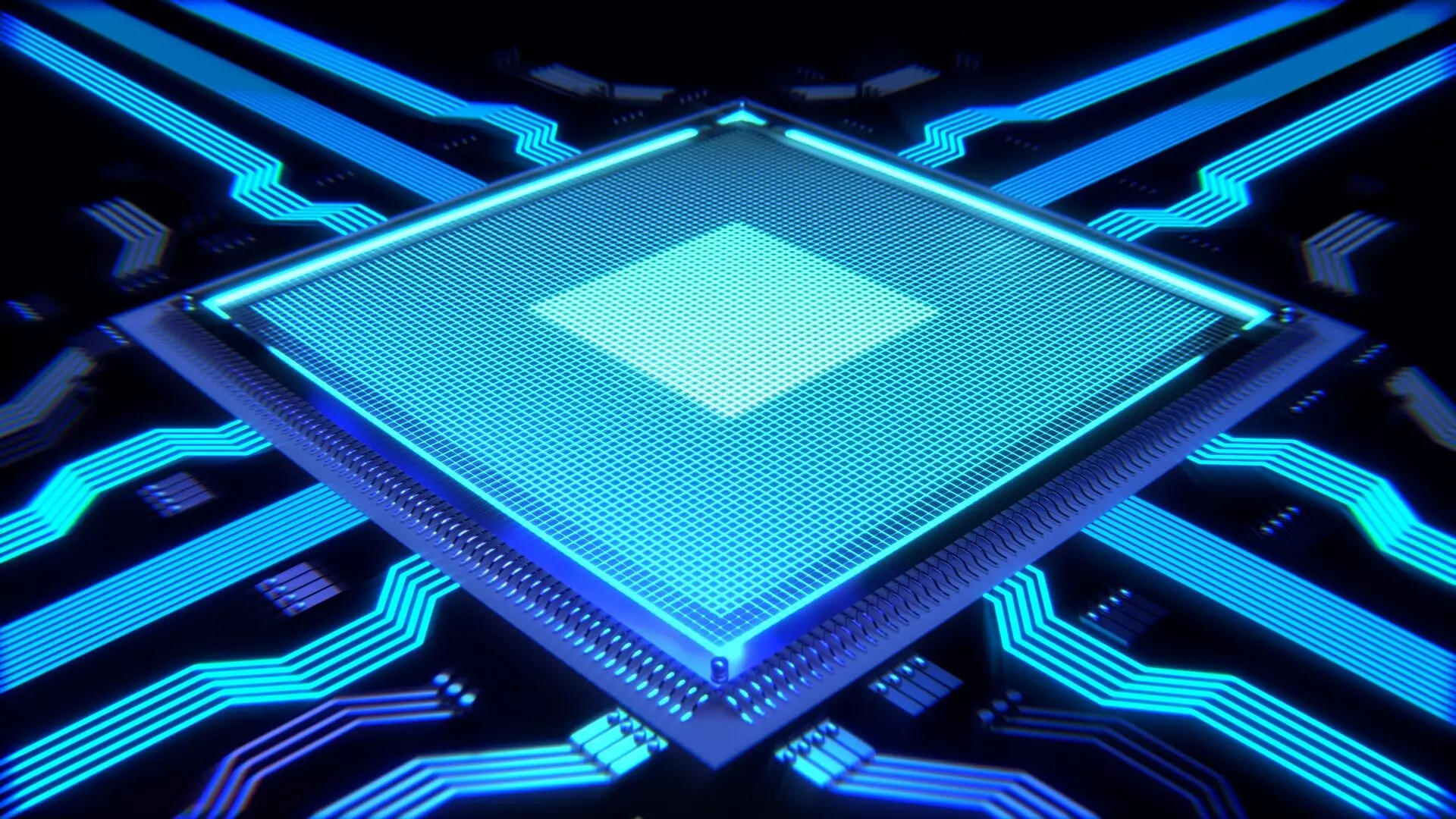Computing technology has come a long way since its inception in the 1960s. However, the fundamental principles behind how computers process information have remained relatively unchanged. That is until now. Engineers at the University of Pennsylvania have developed a groundbreaking chip that utilizes light waves instead of electricity to perform complex mathematical computations essential to training artificial intelligence (AI). This innovative chip has the potential to revolutionize the speed and energy efficiency of computers while offering enhanced privacy advantages. In this article, we delve into the details of this remarkable development and explore its implications for the future of computing.
Led by Benjamin Franklin Medal Laureate Nader Engheta and Associate Professor Firooz Aflatouni, the team of engineers at the University of Pennsylvania has successfully engineered a silicon-photonic (SiPh) chip that leverages the power of light waves to perform mathematical calculations at unprecedented speeds. This groundbreaking chip combines Engheta’s pioneering research in nanoscale material manipulation with Aflatouni’s expertise in nanoscale silicon devices.
Light waves offer a faster means of communication compared to traditional electricity-based systems. By harnessing the speed of light, the SiPh chip has the potential to drastically accelerate processing speeds in computers. Furthermore, this innovative chip consumes significantly less energy, making it an eco-friendly and sustainable solution for future computing needs.
The key to the SiPh chip’s breakthrough lies in its unique design. Unlike traditional silicon wafers, which have a uniform height, the SiPh chip utilizes specific regions with thinner silicon—approximately 150 nanometers in height. These variations in height control the propagation of light through the chip, allowing it to perform complex mathematical computations at lightning-fast speeds. By causing light to scatter in specific patterns, the chip can manipulate and calculate data using the inherent properties of light waves.
One significant advantage of the SiPh chip is its compatibility with existing commercial applications. Due to the design constraints imposed by the commercial foundries involved in its production, the chip is already poised for commercial adaptation. Particularly, its potential use in graphics processing units (GPUs) is promising. GPUs are in high demand for AI system development, and integrating the SiPh platform with GPUs could vastly enhance their training and classification speed.
The groundbreaking SiPh chip developed by Engheta and Aflatouni not only offers faster processing speeds and reduced energy consumption but also improves privacy and security. The chip’s ability to perform numerous computations simultaneously eliminates the need to store sensitive information in a computer’s working memory. As a result, the risk of hacking and unauthorized access to information is virtually eliminated.
The new light-powered chip developed by engineers at the University of Pennsylvania marks a momentous milestone in computing technology. By using light waves instead of electricity, this groundbreaking chip offers unprecedented processing speed, energy efficiency, and privacy advantages. As the world continues to push the boundaries of AI and computing, the SiPh chip paves the way for a new era of faster, greener, and more secure computing systems.


Leave a Reply